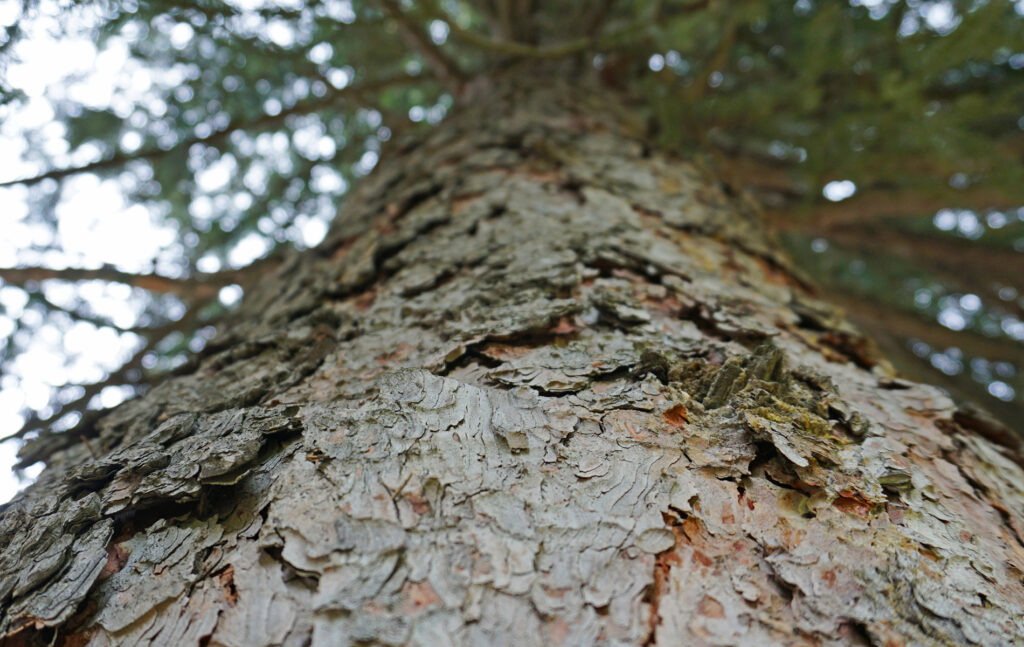In his doctoral dissertation in the field of chemistry at the University of Jyväskylä, MSc Eelis Halmemies investigated various industrial side streams from Norway Spruce (Picea Abies): their chemical composition, how the composition changes during storage, and the separation of different extractive fractions using various solvents.
In Finland, the industrial processing of spruce generates side streams of, for example, millions of cubic meters of spruce bark annually, most of which end up being burned for energy production.
“However, spruce bark contains valuable compounds which could be utilized in products with much higher added value,” says Halmemies.
In order for biorefineries to utilize side streams in usable forms for further processing, research data regarding the chemical changes of the raw material during storage is required.
Cancer medication from the base of a stump?
Interesting compounds found from spruce side streams include stilbenes, tannins, and lignans.
“For example, lignans, which are known to possess, e.g., anti-cancer properties, are found in the bases of spruce stumps and inner branches,” Halmemies explains.
Stilbenes and tannins, on the other hand, are found in spruce bark. Stilbenes are natural antioxidants that protect wood, while tannins are polyphenolic compounds with a wide range of possible applications, such as in wastewater treatment.
Both gas- and liquid-chromatographic methods were developed in the study to separate different types of compounds and identify them.
Why storage matters
Experiments revealed that when spruce bark was stored conventionally in a pile, the stilbene content decreased rapidly.
“Microbiological processes begin to break down the material quickly, and stilbene concentrations decrease significantly in just a few weeks. In contrast, stilbenes in logwood were preserved much better.”
If the extractives are to be preserved, side streams should be stored in the largest possible pieces and protected from moisture.
“Many useful substances are washed away if the material is exposed to water. Additionally, the material should be protected from sunlight and stored in a cold environment to minimize the decomposition process – water-soluble extractives are often bound to sugars, which insects, fungi, and microbes all use as their food.”
The concentrations of carbohydrates and lignin in bark were also studied. A surprising result was that the amount of lignin especially increased during pile storage.
“It would be interesting to investigate more closely what causes this,” Halmemies concludes.
Read more
Eelis Halmemies’ dissertation, Chemical Changes in the Industrial Extractive-Containing Sidestreams of Norway Spruce (Picea abies) During Storage can be read on the University of Jyväskylä’s JYX publication archive: https://jyx.jyu.fi/handle/123456789/92612.
Eelis Halmemies’ dissertation




